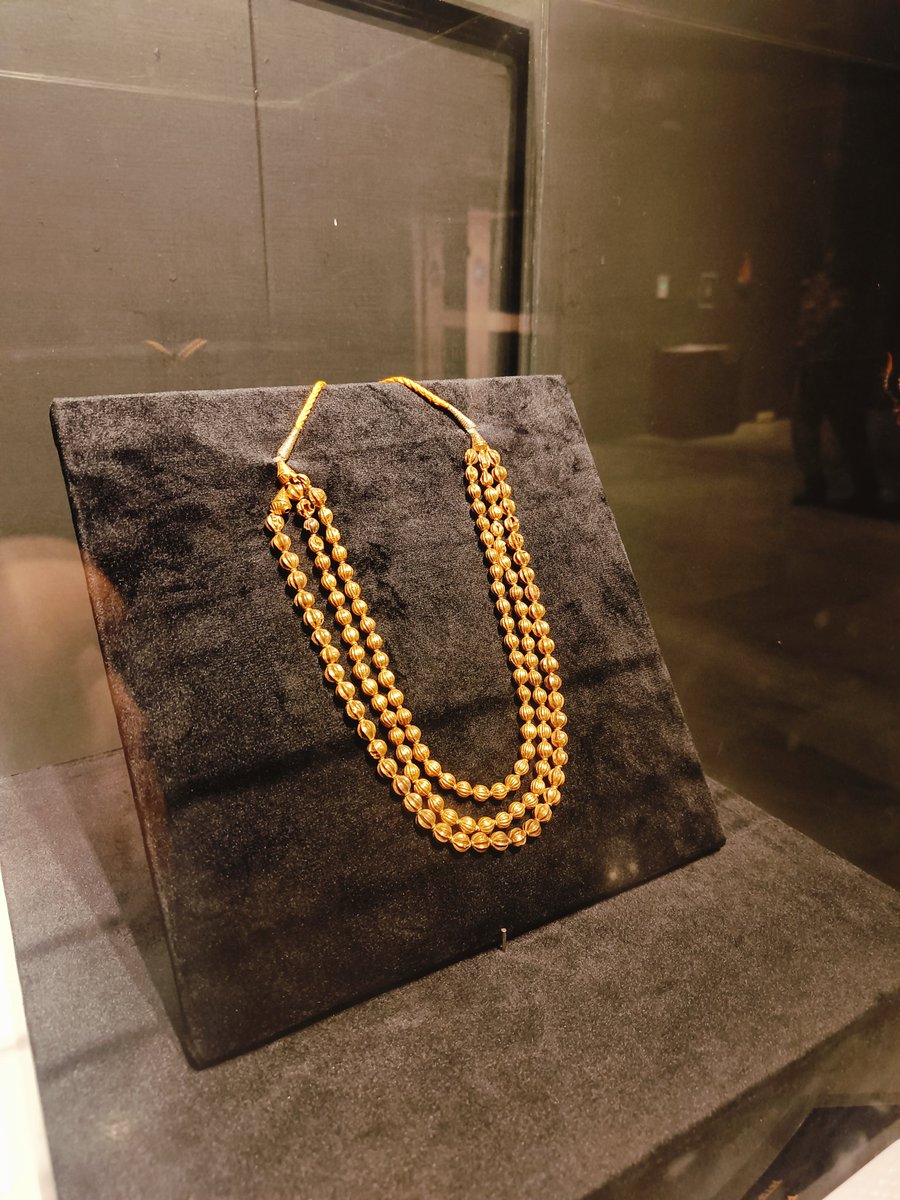Paper I: Idea of Bharat. The paper sets the base for an Indic view of Indian history. It talks about the knowledge, art, culture, philosophy and science of India. Something that is the very essence of our existence. Such a refreshing approach. 

The first two units in this paper were long overdue. Calling the IVC by its more representative name, Indus Saraswati civilization is much needed to present it's true geographic expanse.
Calling the AIT a myth will go a long way in educating the future generations.
Calling the AIT a myth will go a long way in educating the future generations.

For the first time, I think, we are stating that the ISC did not vanish but survived. A huge step in establishing cultural continuity of our civilisational nation.
Another wonderful paper. Talks about all regions with equal space. You would read names like maukharies & Gahadwals which hardly found a mention earlier.
Most importantly there is a chapter on 'impact of Muslim rule on India'.
Most importantly there is a chapter on 'impact of Muslim rule on India'.

The impact of Arab/later Islamic invasions on India was phenomenal. This needs to be discussed and debated.
A very balanced paper on Medieval Indian history, which is not consumed by Mughals. Finally Vijayanagar has a full section. Awesome!! 

Another well balanced paper that covers entire country.
Inclusion of Indic historians like R C Majumdar and C V Vaidya is a much needed addition.
Inclusion of Indic historians like R C Majumdar and C V Vaidya is a much needed addition.

ugc.ac.in/pdfnews/250052…
Hope this works. Else search with 'ugc b a history syllabus 2021. Usually shows as top result.
Hope this works. Else search with 'ugc b a history syllabus 2021. Usually shows as top result.
• • •
Missing some Tweet in this thread? You can try to
force a refresh


















